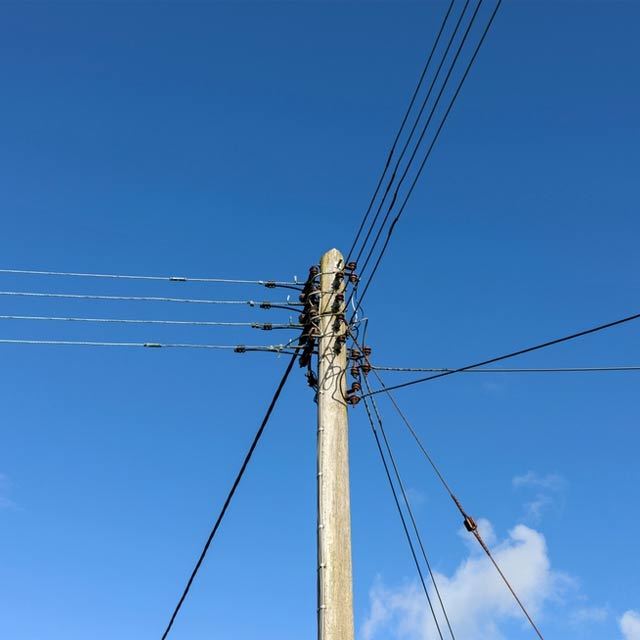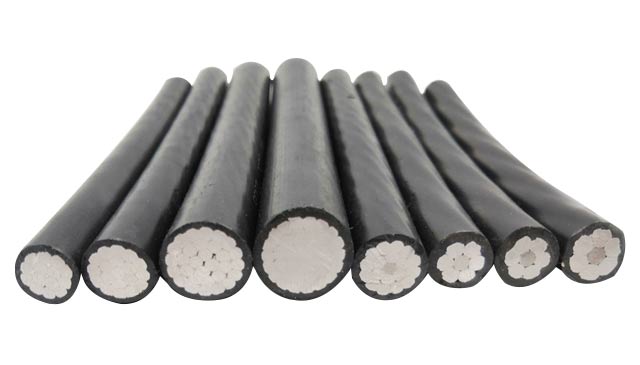Overhead lines are generally divided into low voltage and high voltage. There are generally 4 low-voltage overhead lines, arranged in a straight line, and three high-voltage lines arranged in a pin shape. The tower must be a high-voltage line, usually two lines in total, 6 lines. Low-voltage wires generally use sheathed wires, which are rarely used now and are replaced by cables. High-voltage wires are all bare wires with steel wire cores and aluminum wires on the outside, commonly known as steel core aluminum stranded wires.

Overhead Cable Construction
Overhead wire, literally understood as a wire in the air. The cable on the pole cannot be an overhead line, it is just the overhead laying of the cable. Generally, overhead wires are bare wires (no insulation outside). There are three overhead lines of 10kV and above (representing three-phase A, B, and C). If there are six, they are usually double-circuit. There are generally 4 380V overhead lines, representing the three phases of A, B, and C plus an N line (or zero line).

Aerial cables do not directly hang ordinary oil-paper insulated cables or cross-linked insulated cables on overhead poles and towers, but use a special cable similar to the production process of cross-linked cables. General overhead cables are single-core, which can be divided into hard aluminum wire structure, hard-drawn copper wire structure, aluminum alloy wire structure, steel core or aluminum alloy core support structure and self-supporting three-core textured structure according to their different structures. (wire core can be hard aluminum or hard copper wire), etc.
Overhead Cable Advantage
1. High power supply reliability
High power supply reliability The use of overhead cables can greatly reduce various short-circuit faults (especially the common flashover faults of overhead bare wires), and the failure rate is 4-6 times lower than that of overhead bare wires.
2. Good power supply security
The safety of power supply is good, and the use of overhead cables greatly reduces the accidents of personal electric shock and casualties.
3. Easy to install and maintain
Ease of erection and maintenance Aerial cables can be erected on any kind of pole tower or along the wall. In special cases, they can also pass through the bushes and be directly fixed on the tree poles with hardware. Single circuit can be erected, and multiple circuits can also be erected on the same pole.
4. Reasonable economy
Although the use of overhead cables is more expensive than the use of overhead bare conductors, it is cheaper than ordinary underground installation cables.

